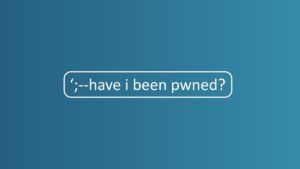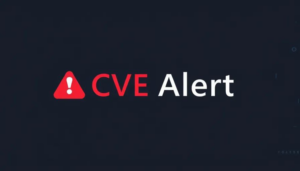CVE Alert: CVE-2025-9525 – Linksys – E1700
CVE-2025-9525
A flaw has been found in Linksys E1700 1.0.0.4.003. Affected by this vulnerability is the function setWan of the file /goform/setWan. This manipulation of the argument DeviceName/lanIp causes stack-based buffer overflow. The attack can be initiated remotely. The exploit has been published and may be used. The vendor was contacted early about this disclosure but did not respond in any way.
AI Summary Analysis
Risk verdict
High risk. Remote network exploitation is possible with a published PoC, and the vulnerability yields high-severity impact on the device’s core functions. KEV/SSVC exploitation state not provided; given PoC availability and public advisory, treat as urgent.
Why this matters
An attacker can achieve remote code execution on the router, gaining full control of the device and its traffic. This can enable traffic interception, credential exposure, or lateral movement into connected LAN devices, with business disruption and customer-impact risks escalating quickly if exposed to the internet or poorly segmented networks.
Most likely attack path
Attack requires network access to the device and low-privilege credentials (PR:L), with no user interaction. An attacker sends crafted data to /goform/setWan (DeviceName/lanIp) to trigger a stack-based overflow, leading to RCE and potential device takeover. The issue is self-contained to the vulnerable device but, once compromised, could enable continued persistence within the local network.
Who is most exposed
Home and small-office routers in consumer deployments are the primary targets, especially where WAN management is exposed or reachable from untrusted networks. Environments with IoT-heavy LANs and weak segmentation increase exposure risk.
Detection ideas
- Look for POST requests to /goform/setWan containing oversized or malformed DeviceName/lanIp fields.
- Sudden router crashes or reboots and abnormal memory/CPU spikes following such requests.
- Unusual admin/session activity or repeated failed/odd attempts to access the WAN config endpoint.
- Logs showing stack traces or kernel panics tied to /goform/setWan.
- Known PoC indicators or IOA/IOC patterns in traffic metadata.
Mitigation and prioritisation
- Apply the vendor firmware patch or latest released version addressing setWan overflow; verify install in test environment before production.
- If patching is not yet available, disable or restrict remote/WAN management; keep admin UI accessible only from trusted LANs; implement strict access controls.
- Block or limit access to /goform/setWan from non-trusted networks via firewall rules or network segmentation.
- Monitor for/alert on suspicious requests to the WAN configuration endpoint; enable enhanced device logging and regular reboot/health checks.
- Change-management: coordinate with the vendor for timelines; test and validate any patch; consider compensating controls until update is deployed.
A considerable amount of time and effort goes into maintaining this website, creating backend automation and creating new features and content for you to make actionable intelligence decisions. Everyone that supports the site helps enable new functionality.
If you like the site, please support us on “Patreon” or “Buy Me A Coffee” using the buttons below
To keep up to date follow us on the below channels.



![Cobalt Strike Beacon Detected - 119[.]45[.]29[.]172:8089 4 Cobalt-Strike](https://www.redpacketsecurity.com/wp-content/uploads/2021/11/Cobalt-Strike-300x201.jpg)
